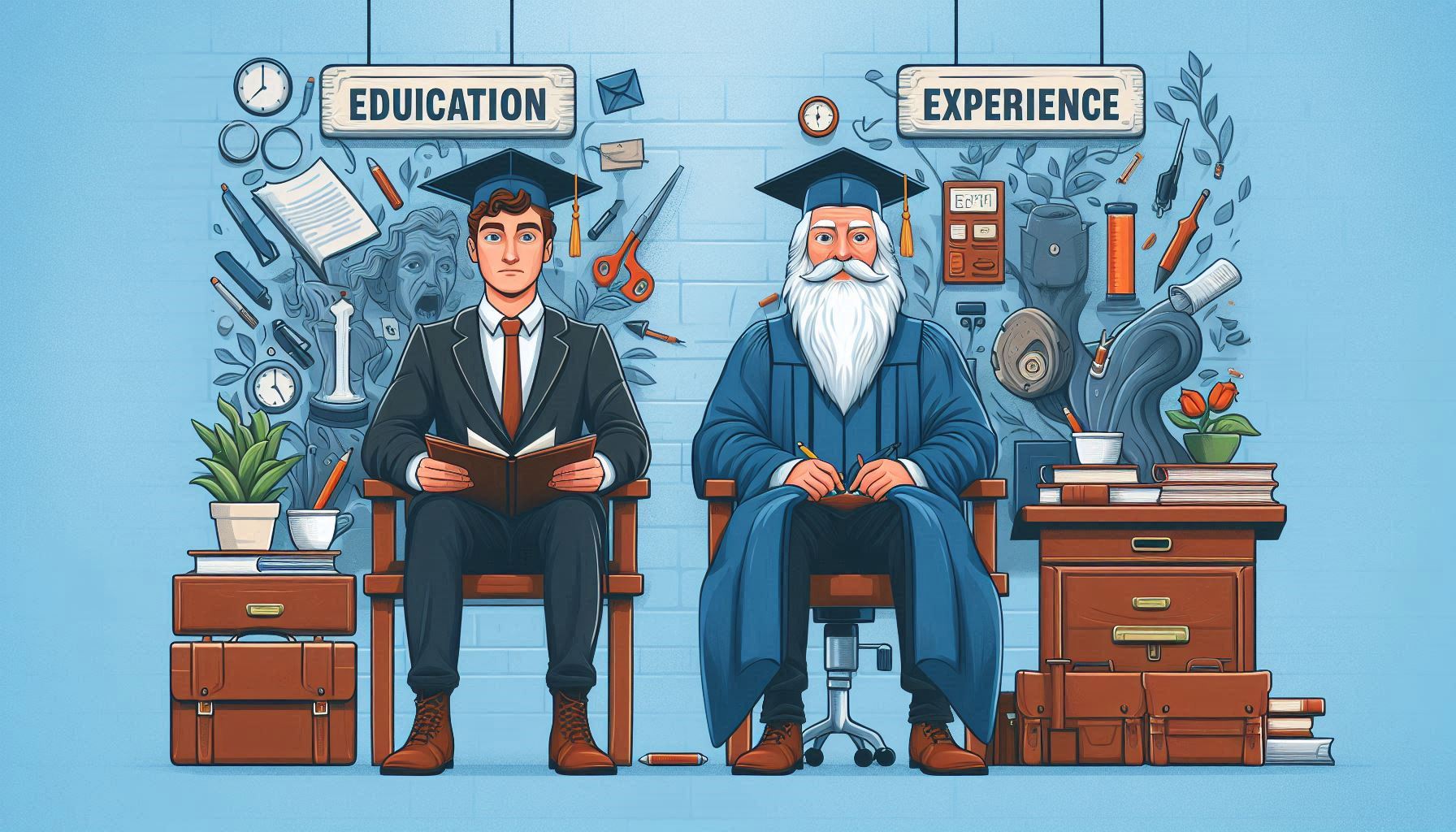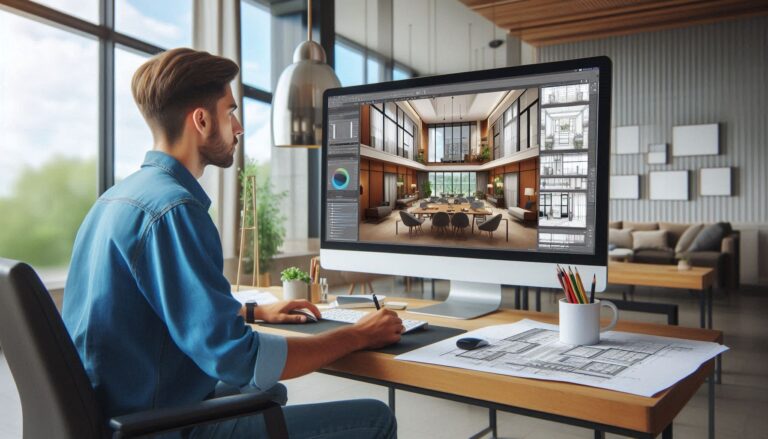Education vs. Experience: What Matters More in Design Careers?

The debate between education and experience in design careers is ongoing. While a formal education provides foundational knowledge and technical skills, hands-on experience hones practical abilities and problem-solving expertise. But which one holds more weight? Let’s explore the significance of both aspects in design careers.
The Role of Education in Design Careers
Benefits of Formal Education:
- Foundational Knowledge: A structured curriculum covers essential design principles, history, and techniques.
- Technical Proficiency: Access to professional software like AutoCAD, Revit, SketchUp, and Adobe Creative Suite.
- Networking Opportunities: Connections with professors, industry professionals, and peers.
- Credibility & Certification: A degree or certification from a recognized institution boosts credibility and employability.
- Exposure to Industry Trends: Educational institutions often integrate the latest design trends and sustainable practices into their programs.
Limitations of Education:
- Costly & Time-Consuming: Degrees and certifications require significant financial and time investment.
- Lack of Hands-on Experience: Theoretical knowledge alone isn’t enough to handle real-world projects effectively.
- Skill Gap in Industry Practices: Rapid technological advancements may make some educational content outdated by graduation.
The Value of Experience in Design Careers
Benefits of Practical Experience:
- Real-World Problem-Solving: Working on actual projects enhances critical thinking and adaptability.
- Portfolio Development: Employers and clients prioritize a strong portfolio over formal degrees.
- Client & Project Management Skills: Experience teaches interpersonal communication and project execution.
- Industry-Specific Knowledge: Learning from mentors and hands-on work keeps professionals updated with real-world applications.
- Cost-Effective Learning: Gaining experience through internships, apprenticeships, or self-learning often requires less financial investment than formal education.
Limitations of Experience:
- Lack of Theoretical Understanding: Practical work without a strong theoretical foundation can lead to inconsistent design approaches.
- Credibility Issues: Some clients and employers prefer candidates with formal qualifications.
- Limited Networking Opportunities: Without formal education, networking within the industry can be challenging.
Striking the Right Balance
How to Combine Both for Success:
- Earn a Relevant Degree or Certification: Gain essential design knowledge while building connections.
- Gain Practical Experience Early: Internships, freelance work, and apprenticeships bridge the gap between theory and practice.
- Stay Updated with Trends: Engage in workshops, online courses, and industry events.
- Build a Strong Portfolio: A mix of academic projects and real-world experience showcases well-rounded skills.
- Leverage Networking & Mentorship: Connect with industry professionals to gain insights and career guidance.
Conclusion
Both education and experience play crucial roles in building a successful design career. While education provides the necessary knowledge and credibility, hands-on experience refines skills and enhances problem-solving abilities. Striking a balance between the two ensures career growth and long-term success in the design industry.
What do you think matters more in design careers? Share your thoughts in the comments!






